Annarita Giani
Anomaly Detection for Real-World Cyber-Physical Security using Quantum Hybrid Support Vector Machines
Sep 08, 2024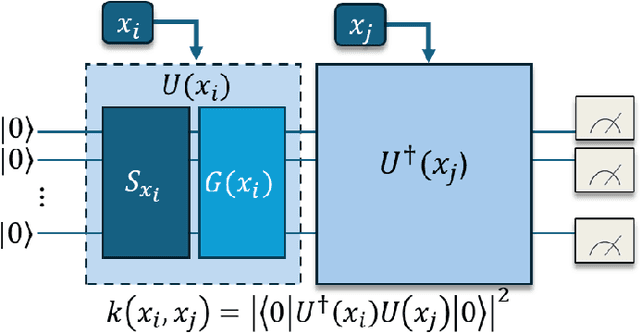
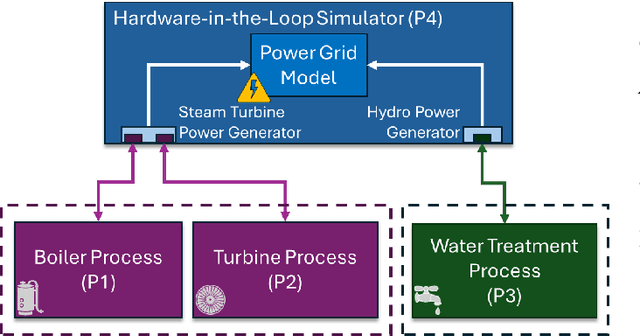
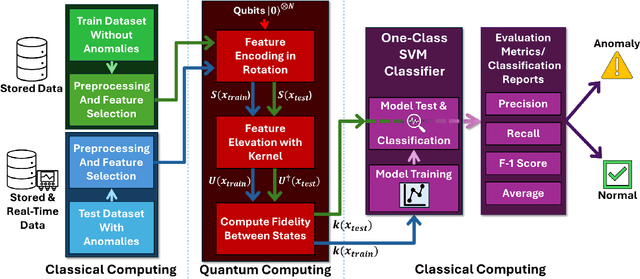
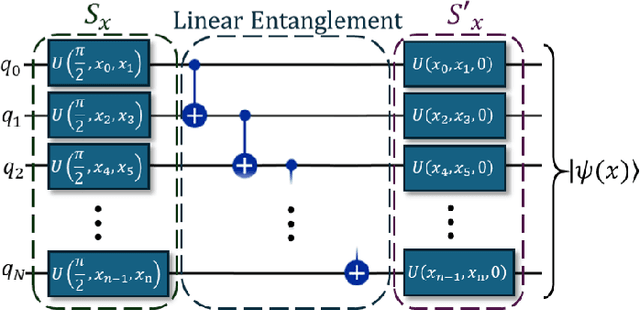
Abstract:Cyber-physical control systems are critical infrastructures designed around highly responsive feedback loops that are measured and manipulated by hundreds of sensors and controllers. Anomalous data, such as from cyber-attacks, greatly risk the safety of the infrastructure and human operators. With recent advances in the quantum computing paradigm, the application of quantum in anomaly detection can greatly improve identification of cyber-attacks in physical sensor data. In this paper, we explore the use of strong pre-processing methods and a quantum-hybrid Support Vector Machine (SVM) that takes advantage of fidelity in parameterized quantum circuits to efficiently and effectively flatten extremely high dimensional data. Our results show an F-1 Score of 0.86 and accuracy of 87% on the HAI CPS dataset using an 8-qubit, 16-feature quantum kernel, performing equally to existing work and 14% better than its classical counterpart.
Attacking and Defending Covert Channels and Behavioral Models
Apr 27, 2011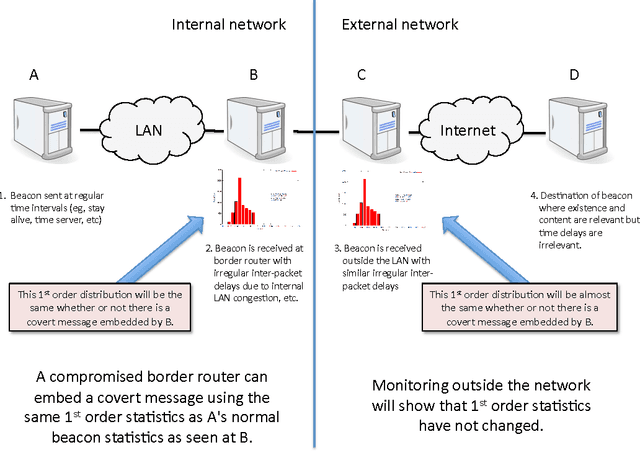

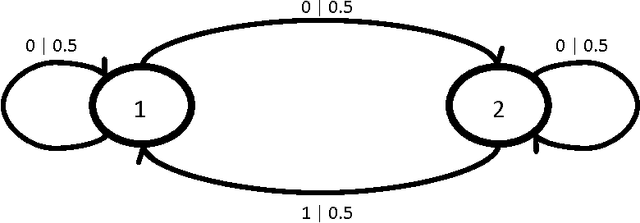
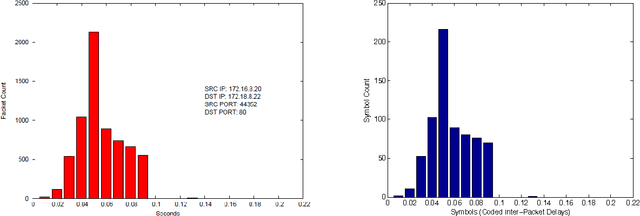
Abstract:In this paper we present methods for attacking and defending $k$-gram statistical analysis techniques that are used, for example, in network traffic analysis and covert channel detection. The main new result is our demonstration of how to use a behavior's or process' $k$-order statistics to build a stochastic process that has those same $k$-order stationary statistics but possesses different, deliberately designed, $(k+1)$-order statistics if desired. Such a model realizes a "complexification" of the process or behavior which a defender can use to monitor whether an attacker is shaping the behavior. By deliberately introducing designed $(k+1)$-order behaviors, the defender can check to see if those behaviors are present in the data. We also develop constructs for source codes that respect the $k$-order statistics of a process while encoding covert information. One fundamental consequence of these results is that certain types of behavior analyses techniques come down to an {\em arms race} in the sense that the advantage goes to the party that has more computing resources applied to the problem.
 Add to Chrome
Add to Chrome Add to Firefox
Add to Firefox Add to Edge
Add to Edge